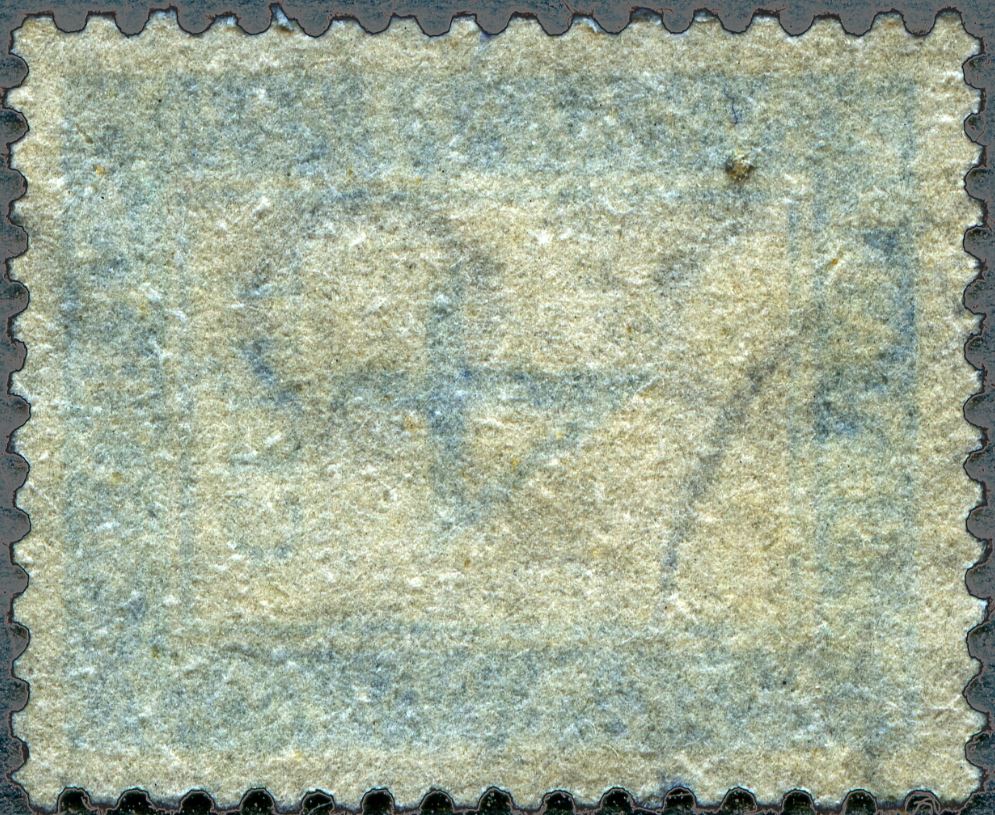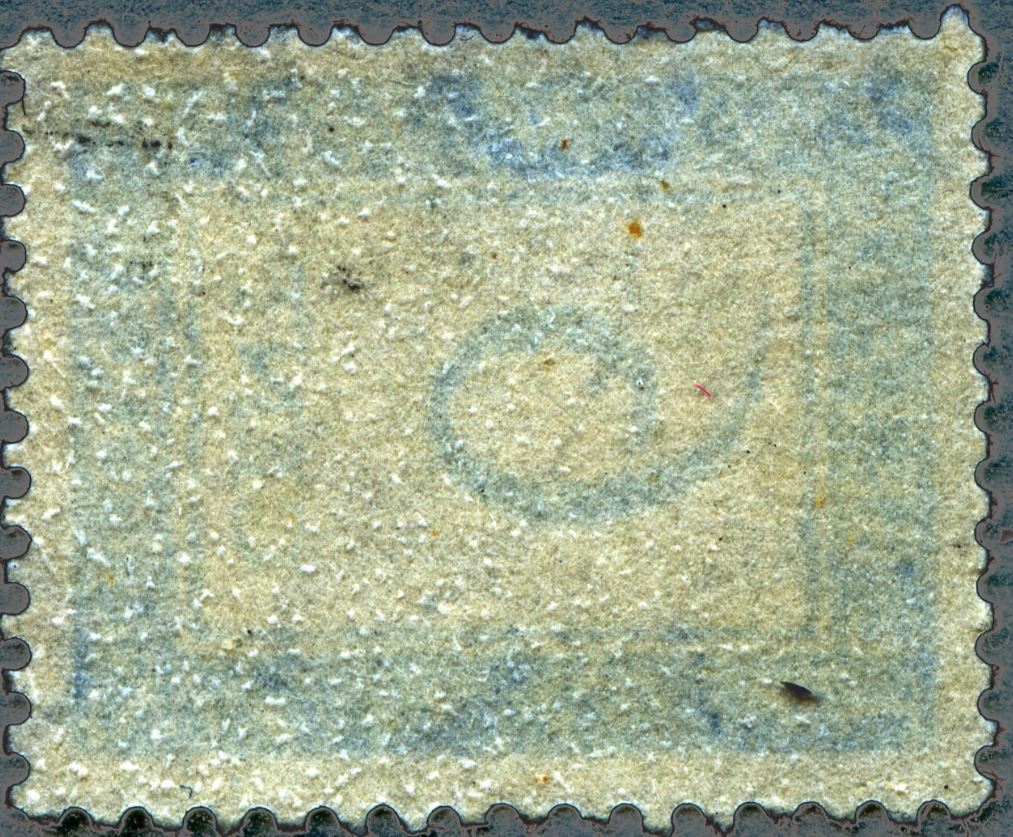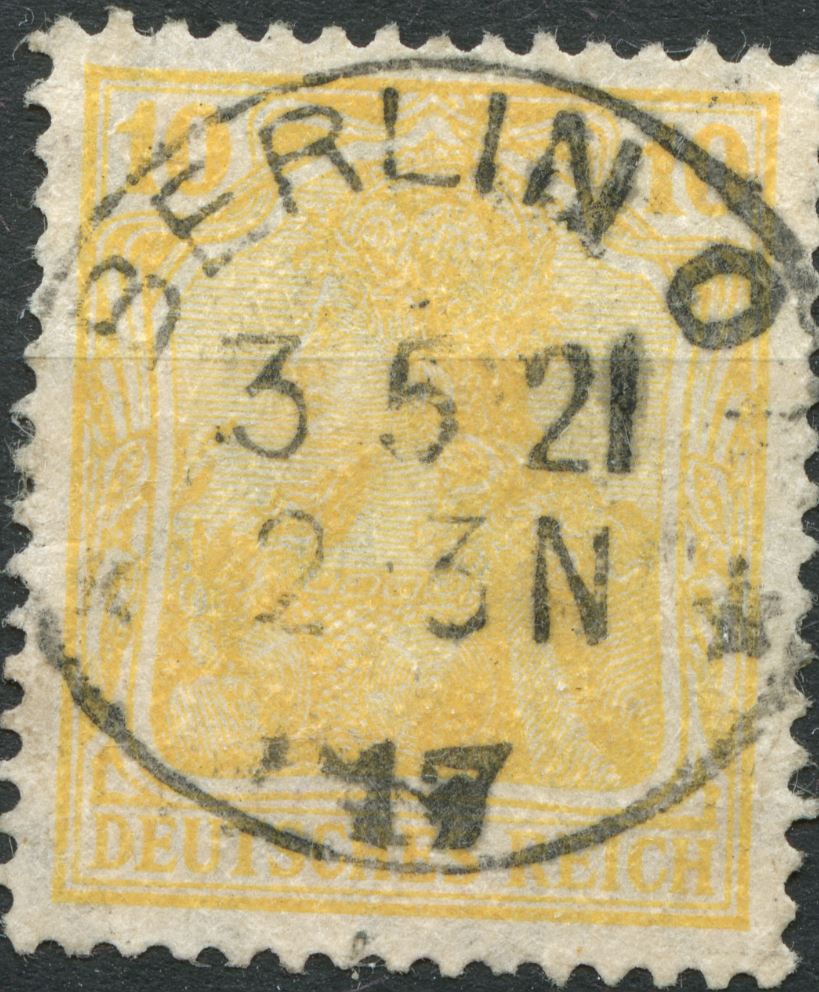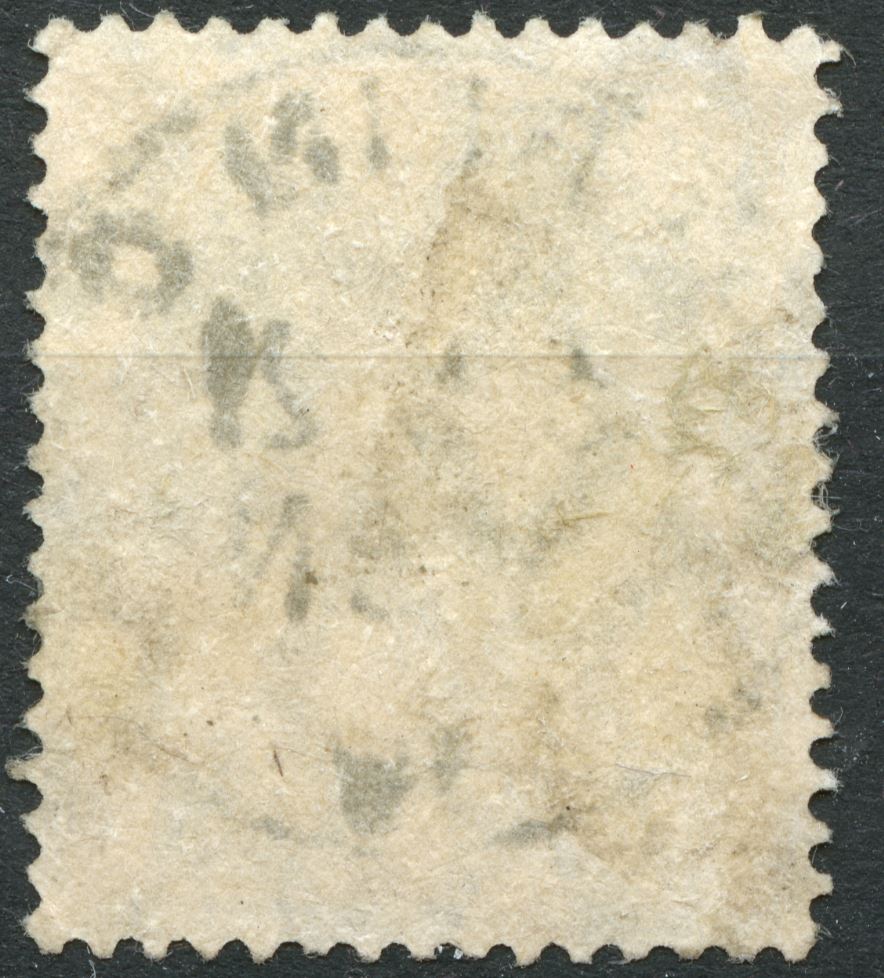

I referred to it as "galls" [but not caused by wasps!] Both stamps are Dutch of the 1953 period...
And today I nnoticed hat several of my "Germania" stamps I meant to clean up showed a similar thing.
Moderador: Rein







Hal
Pillar Of The Community
United States
574 Posts
Posted Yesterday 10:53 pm
Some papers, especially early papers, were not made of 100% cellulose (wood) pulp; they contained natural fibers like wool, cotton, hemp and even silk. I believe what you are seeing is a reaction to the hot water and salt. Wool will shrink when immersed into hot water. Wool ends also have a tendency to "pill". If you don't believe me, ask your wives, girlfriends, significant-others, or dry cleaners what happens if they mistakenly wash wool sweaters or pants the wrong way. I also believe you are seeing fiber shrinkage plus an alkaline-reaction of salt locking into the natural fiber and causing it to expand when it dried. You are also seeing an ink reaction (in the blue and yellow stamps) to the hot water and salt mixture called bleeding. Hot water should never be used to soak stamps; tepid water is recommended to avoid ink bleeding and fading, of the type seen in these images.
Happy 4th of July weekend everyone!
Hal